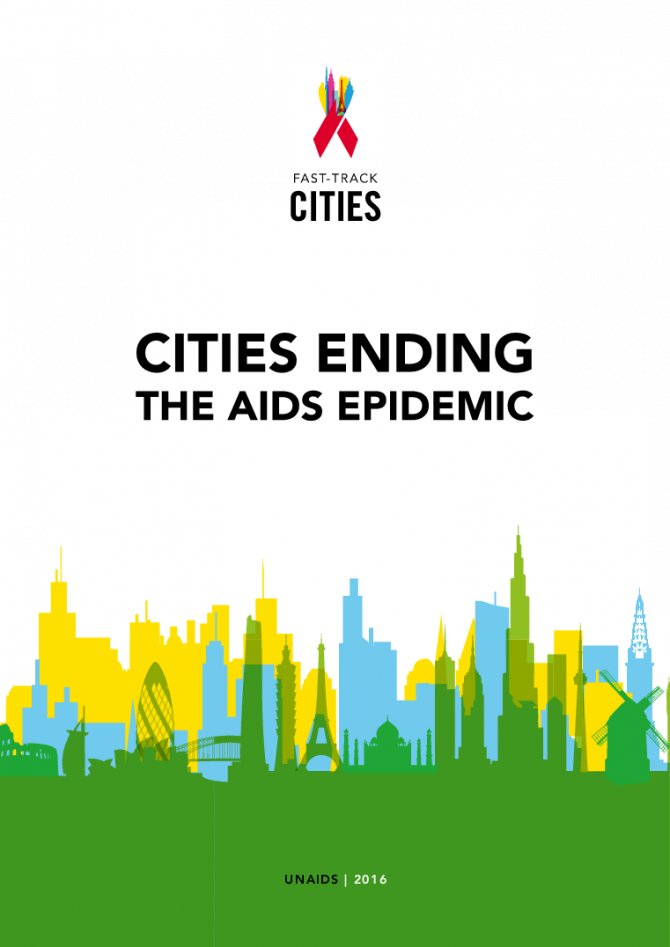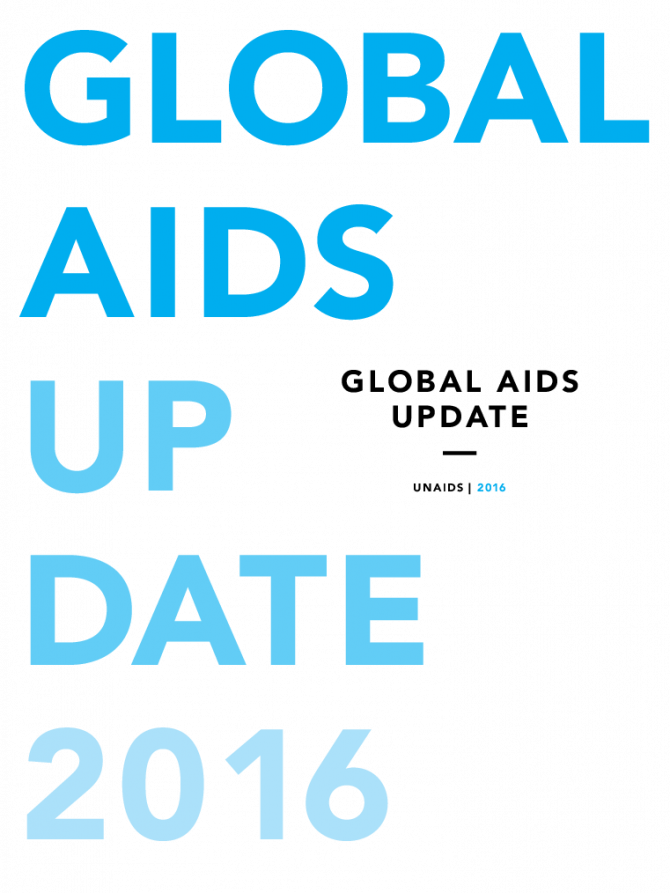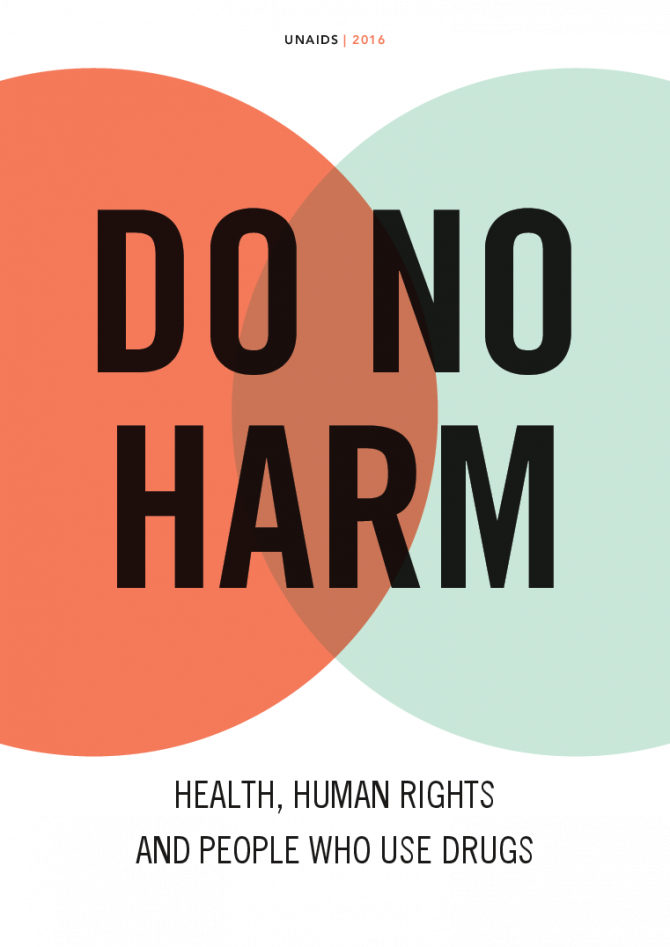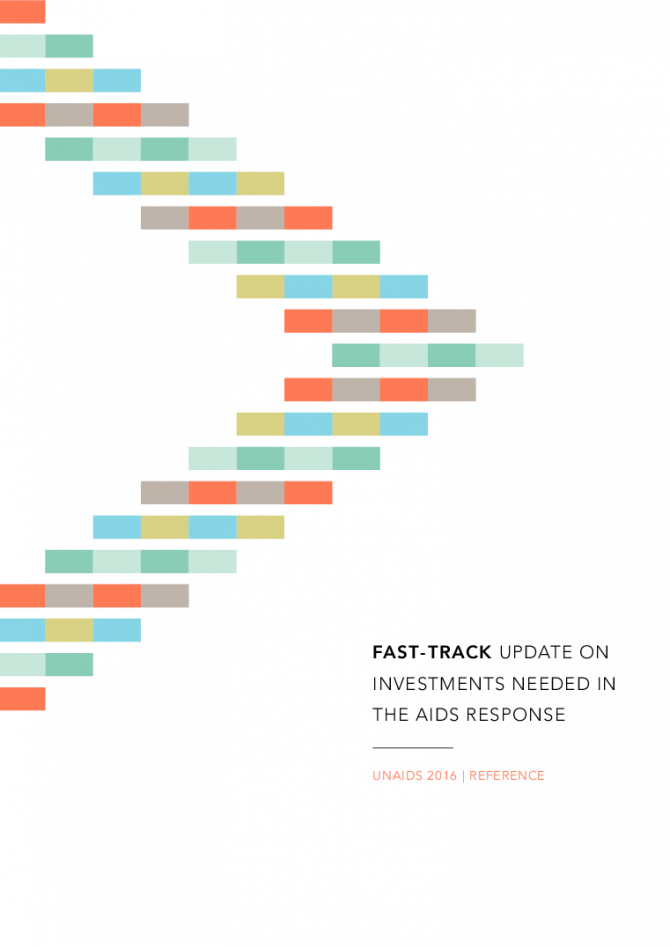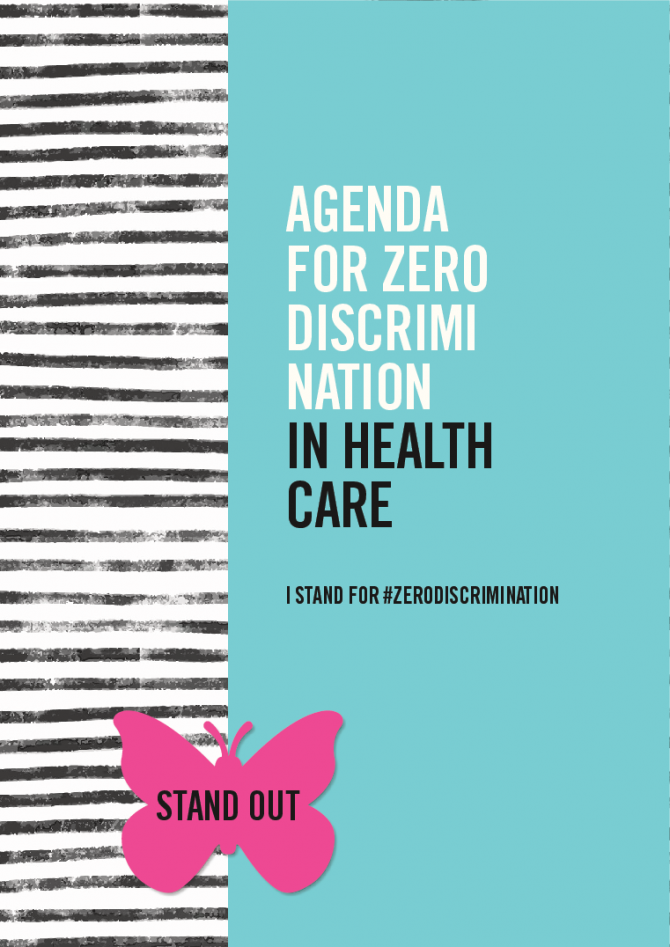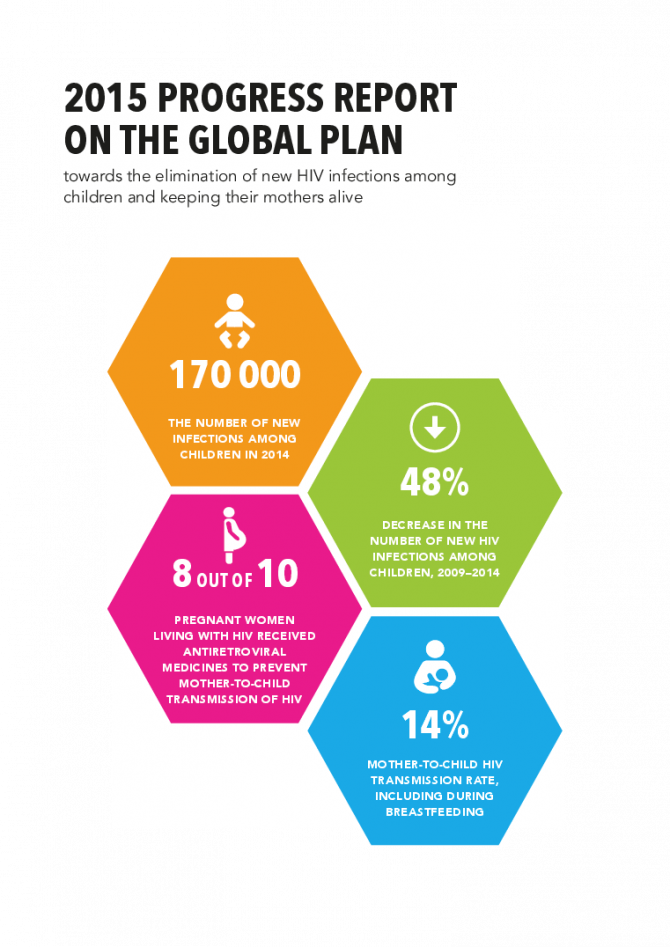Documents
Cities ending the AIDS epidemic
05 June 2016
Cities have inherent advantages in responding to complex health problems such as HIV. They are dynamic centres of economic growth, education, innovation and positive social change. Cities have large service infrastructures and—through the power of networks—have the potential to deliver services where they are most needed, in a way that is both equitable and efficient while respecting the dignity of its citizens.
Documents
Global AIDS Update 2016
31 May 2016
The world has committed to ending the AIDS epidemic by 2030. How to reach this bold target within the Sustainable Development Goals is the central question facing the United Nations General Assembly High-Level Meeting on Ending AIDS, to be held from 8 to 10 June 2016. The extraordinary accomplishments of the last 15 years have inspired global confidence that this target can be achieved.
Documents
Fast-Tracking combination prevention
19 October 2015
Documents
Do no harm - Health, human rights and people who use drugs
15 April 2016
Evidence supports the need for a shift in the global approach to drug use. In this report, Do no harm: health, human rights and people who use drugs, UNAIDS shows what works to reduce the impact of HIV and other harms related to drug use. Countries that have moved away from laws and policies that are harmful to people who use drugs and that have increased investment in harm reduction have reduced new HIV infections and improved health outcomes. These policies also deliver broader social benefits, such as lower levels of drug-related crime and reduced pressure on health-care and criminal justice systems.
Documents
Fast-Track update on investments needed in the AIDS response
01 April 2016
The world has pledged within the Sustainable Development Goals to end the AIDS epidemic as a public health threat by 2030. Such an extraordinary achievement will require an extraordinary and urgent effort—fully funding and front-loading investment in comprehensive HIV responses and intensifying the focus on the populations and locations in greatest need. The UNAIDS 2016–2021 Strategy elaborates this Fast-Track approach. Adopted by the UNAIDS Programme Coordinating Board in October 2015, the Strategy contains HIV service coverage targets that need to be achieved by 2020 to establish the momentum necessary to overcome one of the largest public health threats in human history by 2030.
Documents
Agenda for zero discrimination in health care
25 February 2016
People around the world face barriers to accessing quality health care and enjoying the highest attainable standard of health. Why this occurs varies between countries and communities, but some barriers are present everywhere. These include the various forms of discrimination faced by people who are marginalized, stigmatized, criminalized and otherwise mistreated because of their gender, nationality, age, disability, ethnic origin, sexual orientation, religion, language, socioeconomic status, or HIV or other health status, or because of selling sex, using drugs and/or living in prison.
Documents
2015 progress report on the global plan towards the elimination of new HIV infections among children and keeping their mothers alive
26 November 2015
This is the fourth annual report of the Global Plan, and it summarizes the progress made through December 2014. The final accountability report of the Global Plan will be issued in 2016 when data for the end of 2015 will be available. The Global Plan was developed during 2010 by a Global Task Team (GTT) co-chaired by UNAIDS and the Government of the United States. The GTT consisted of a consortium of stakeholders from 25 countries and 30 civil society groups, private sector partners, networks of people living with HIV and international organizations. The Global Plan was launched as a major new global initiative in 2011, but it uses 2009 as the baseline year against which to measure progress.
Documents
2016 High-Level Meeting on Ending AIDS
05 February 2016
Ending AIDS by 2030 is an integral part of the Sustainable Development Goals, which United Nations Member States adopted unanimously in 2015. The lessons learned in responding to HIV will play an instrumental role in the success in achieving many of the Sustainable Development Goals, notably Sustainable Development Goal 3, good health and well-being, and the goals on gender equality and women’s empowerment, reduced inequalities, global partnerships and just, peaceful and inclusive societies.
Documents
Oral pre-exposure prophylaxis–questions and answers
12 July 2015
Implementing PrEP poses new challenges in planning, managing and funding combination prevention. Realizing the promise of PrEP will require governments, funders, civil society and other stakeholders to join forces to systematically address them–licensing antiretroviral medicines for PrEP use, setting priorities for locations and populations for implementation, making services user-friendly and ensuring adherence. These efforts are worthwhile based on their contribution to achieving the global targets of less than 500 000 people annually acquiring HIV in 2020 and the end of AIDS as a public health threat by 2030.

